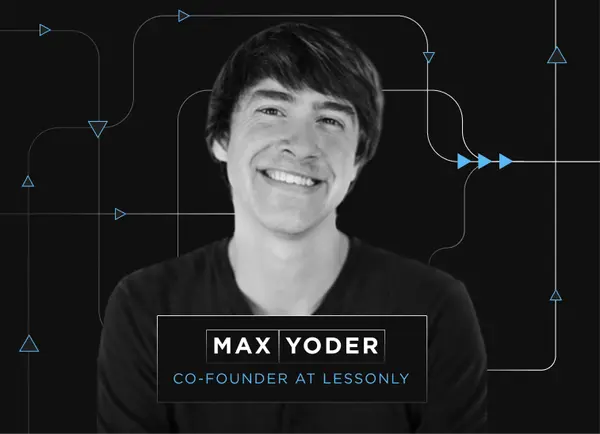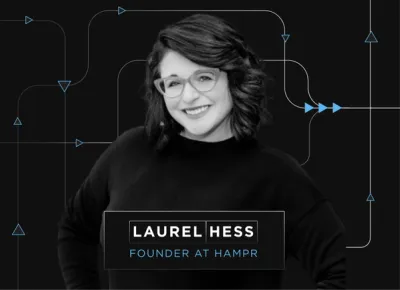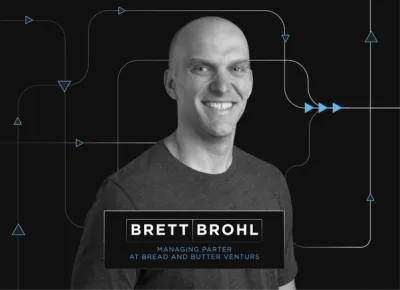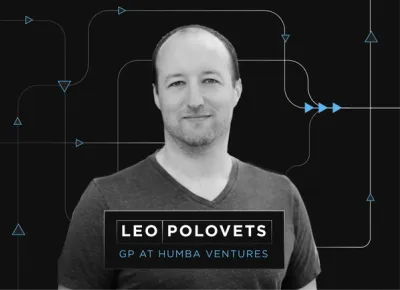
At Visible, we talk every day with founders and early-stage investors from around the world and have found a few key themes emerge in our discussions:
- Founder frustration with investors who don’t deliver on their promises – the connections they say they will make and the expertise they say they will offer
- Investor frustration with founders who go off the grid, only to emerge and make “asks” when it is too late to save a project or company
- Blame being placed by people on both sides of the table instead of analyzing the root cause of the relationship breakdown
Fortunately, the venture platform model (also called network or community model in some places) has become more and more pervasive, indicating an increasing desire by investors to put more “walk” behind their value-add “talk” and a desire by companies to work with investors that embrace this strategy. The success of firms like First Round and Andreessen Horowitz, in both returns and mindshare, is a testament to this trend. For the uninitiated, Frontline VC’s Kim Pham recently wrote a great primer on the subject.
At its core, the venture platform model is focused on helping companies and investors get back to building businesses by using transparency as a tool (TaaT) to unlock growth that would have otherwise not been possible. In many ways, it means proactively opening the network communication bottlenecks that can prevent strong venture communities from coming into existence organically.
Companies want engaged investors and investors want to stay up to date on a company’s progress in order to make good on the expertise and connections they promised prior to wiring the money. So if both sides understand the importance of keeping lines of communication open and subscribe to the idea of the venture platform model as a way to accelerate growth, why is the ball still being dropped time and time again?
Not realizing that habits form early – in companies and in their relationships with investors
Term sheets are signed, money is wired and the company building can begin in haste. Unfortunately, a lot of investors and founders forget to set up front expectations for how the relationship will work apart from “please help me return capital to my LPs”. When there are one or two investors on a cap table, inbound requests don’t seem so daunting. When you raise your seed round and add 6 more investors, then a Series A with 3 others, the inbound requests become extremely distracting and pull you away from things like product, sales and hiring.
Spending a few minutes each month putting together your investor updates can help you get some of that time back. Better yet, they tend to gain momentum as positive reinforcement – in the shape of more intros from the network and expertise assistance from investors – starts pouring in.
Thinking it is too late to start
When investors see a portfolio of 10, 20, 50 companies across multiple funds it can be easy to start thinking that things, from a portfolio communication perspective, are too far gone. They prefer to “wait for the next fund or accelerator class” to get started which sounds a lot like the way people who need to get back to the gym sound after their new years resolution wears off.
Biting off little pieces – again, same principle as getting back in shape – is a great way to start. As an investor you have inbound requests to meet your companies and outbound desires to make the right introductions. Having all of your key investment data in one place pays huge dividends by saving time and mental overhead and truly leveraging the power of the network you have built up. The oft-used proverb about the best time to plant a tree comes to mind here.
Visible: More time for more important things
That means less time spent copy and pasting messages to three four or different investors. It means not having to dig through a Dropbox, email and Excel each time someone needs info on one of your portfolio companies. It means getting back to the business of building businesses.
If you need some inspiration, our reading list is a great place to start. We’ve collected some of the best advice from around the investor community and continue to update it as new posts and content roll in (Note: everything you see there – reporting metrics, templates, etc. can be setup and tracked quickly and easily through Visible). If you have any questions about getting started, feel free to get in touch.




